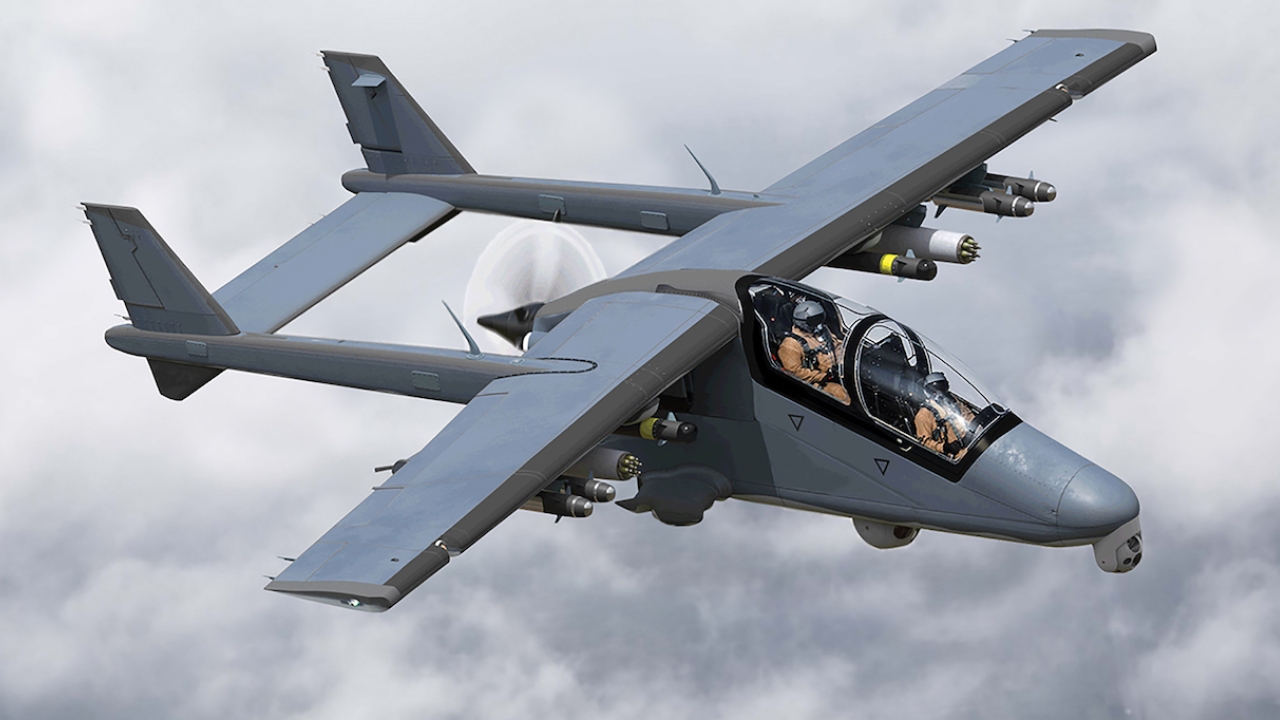Air Force of Zimbabwe loses more aircraft as sanctions bite

The business exhibition takes place annually at the end of April in
the country's second largest city of Bulawayo. The K-8 jet is one of
12 (six attack and six trainer) aircraft which were acquired from
Chinese aircraft manufacturer Hongdu Aviation Industry Corporation
(HAIC) in 2006 to augment the AFZ fleet. It was decimated by
Democratic Republic of Congo (DRC) rebels and their Rwandan and Uganda
army allies who fought the Kinshasa government of the late President
Laurent Kabila and his Southern Africa Development Community (SADC)
allies to a stalemate during the costly 1998-2002 Congolese war.
Although the Zimbabwe Defence Forces (ZDF) has never revealed its
actual DRC war losses to date, military sources say the war severely
depleted the force in both men and equipment, especially aircraft. The
crash comes less than a year after the loss of a SIAI Marchetti
SF-260 trainer which crashed during a routine training exercise in
September last year following a botched take-off from the Prince
Charles Airport in Harare.
The accident was attributed to a mechanical fault and the plane was
written -off due to the ground impact and the resultant fire which
engulfed it. The SF-260 crash was the second in three years following
an aerial mishap involving a BAE Hawk trainer aircraft which developed
a technical fault and almost plunged into a crowds which was
attending a funeral presided over by President Robert Mugabe at the
National Heroes Acre in Harare.
ZDF Public Relations Officer Brigadier-General John Mpande said both
pilots ejected and survived with serious injuries when the K-8 jet
crashed crashed into a populated area shortly after take-off from
Thornhill Air Base, the country's main air-base located in the
Midlands city of Gweru on April 23. He said the exact cause of the
accident was still being probed although there are preliminary
indications that it was caused by a mechanical fault.
“The Commander Zimbabwe Defence Forces (ZDF) General Constantine
Chiwenga has commended the pilots for taking all precautionary
measures to save the lives of people on the ground. He has further
commended them for preventing potential damage to civilian property
during this (plane) crash,” Brig-Gen Mupande said. He said a combined
team from the AFZ, the Civil Aviation Authority of Zimbabwe (CAAZ) and
the Zimbabwe Republic Police (ZRP) is investigating the cause of the
crash.
They will be joined by air crash investigators from the Chinese
manufacturer HAIC. Although Brig-Gen Mpande declined to comment on the
extent of the damage, CAAZ investigative sources said the aircraft is
a complete write-off due to extensive fire damage and heavy impact on
hitting the ground. The crash has dealt the AFZ a huge blow amid
reports that most of the 12 K-8 light attack/trainer aircraft have
been grounded due to mechanical and technical faults which cannot be
repaired due to the lack of financial resources to acquire spare parts
and flight operations support equipment.
The K-8 single-engined advanced jet trainers and light attack aircraft
were intended to replace the aged fleet of three British-made BAE Hawk
trainers which were grounded immediately after the near-crash over the
National Heroes Acre. They were also meant to support a staged
phase-out of a fleet of old SF-260s trainers which has since outlived
them and remains in service as principal rookie trainer. The
Zimbabwean government has over the years failed to provide budgets for
the acquisition of new aircraft and critical spares parts.
It blames this on the US-led Western arms embargo imposed on the
country at the height of the country's socio-political crisis in 2002.
Late last year, AFZ commander Air Marshall Perence Shiri said in a
rare interview that Western sanctions have degraded the force's aerial
defence capacity: "The western-imposed sanctions have not spared the
AFZ when it comes to the acquisition of new aircraft, back-up spares
for aircraft, radar, aerial defence and support equipment. The
financial demands for new aircraft acquisitions, repairs and upgrades
have become too exorbitant as the country has to resort to sanctions
busting measures to acquire these,'' he said.
He said the inability to cquire new aircraft and spares has impacted
heavily on the AFZ's pilot and aircraft technician training
programmes, which have since been drastically altered to allow
recruits to complete the courses without most of the essential
training equipment. Air Marshall Shiri said the force urgently needs
money to finance the acquisition of new aircraft, spare parts, repairs
and upgrades on some of its grounded aircraft which have not yet
outlived their lifespans.
This year, the government approved a $380milion defence budget which
defence minister Sydney Sekeramayi said will be used to acquire new
aircraft among other pressing needs. The grounded AFZ inventory
includes obsolete Soviet-era MiG 23 multi-role fighters, IIyushin and
Antonov heavy air-lifters. It also has a unspecified number of
Chinese-made Chengdu J-7 fighters and Shenyang F-5 fighter and trainer
jets. Its helicopter inventory includes US-made Bell 412s, French-made
Alouette IIIs, South African-made Pumas and Russian-made Mi-24V, Mi-35
and Mi-8 Hips in transport and attack variants.
Stay up to date
Subscribe to the free Times Aerospace newsletter and receive the latest content every week. We'll never share your email address.

